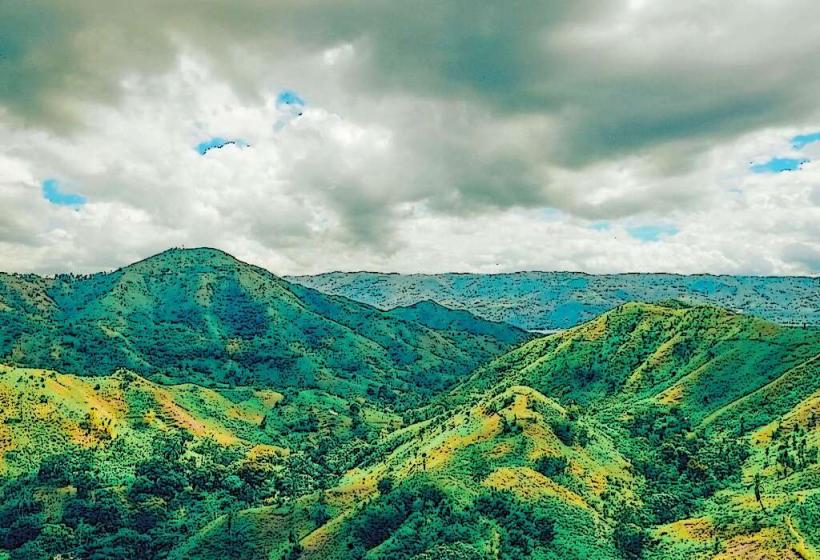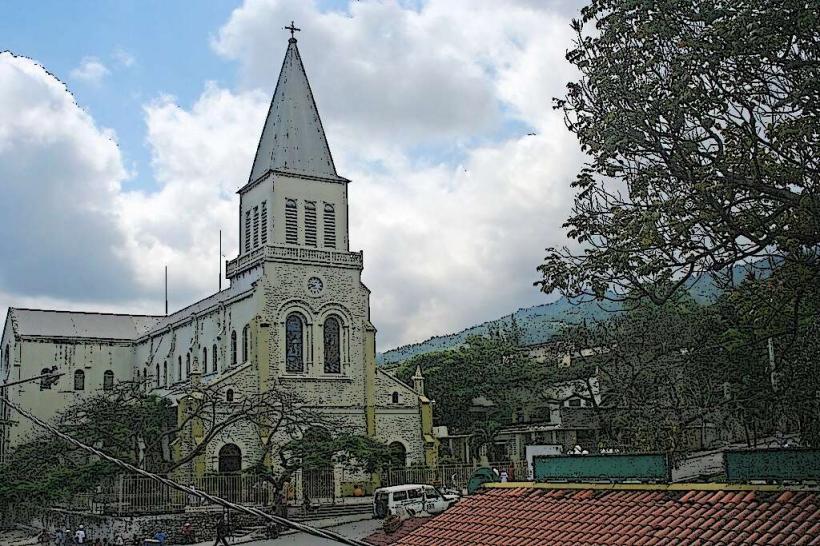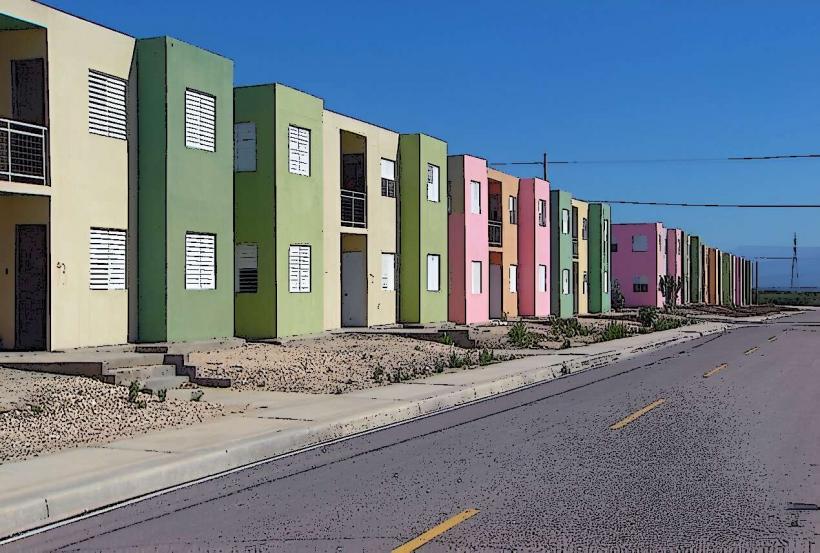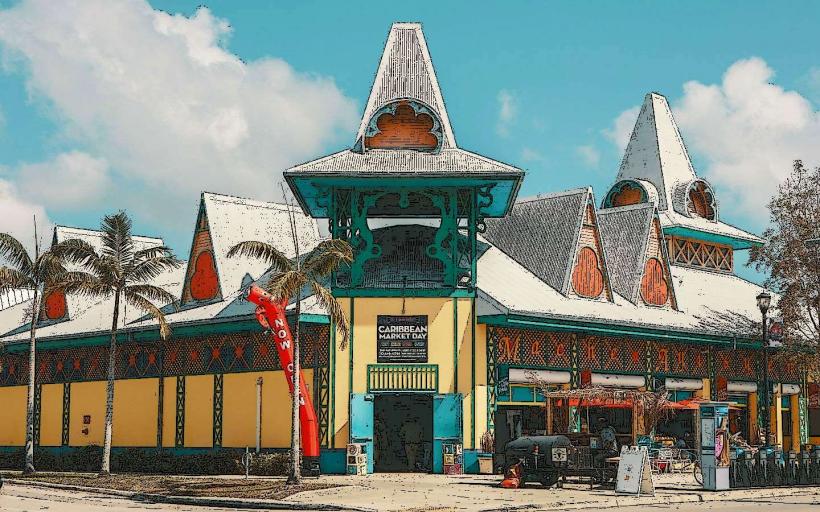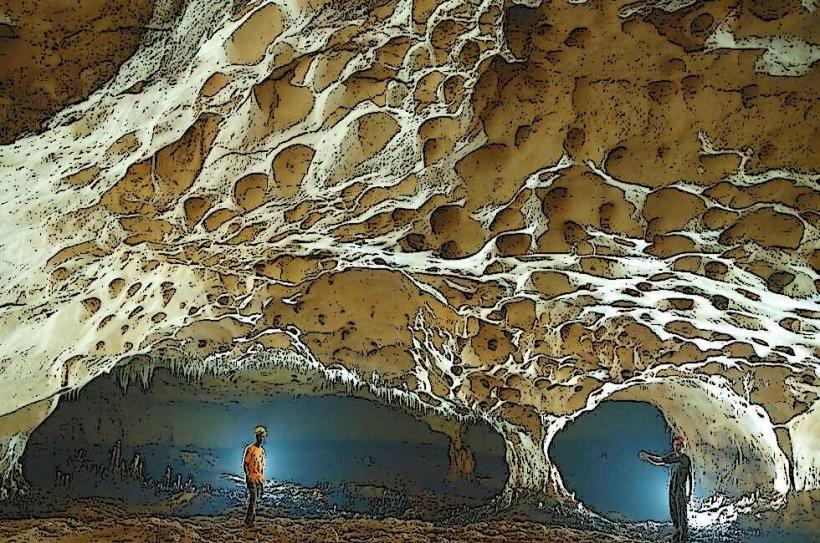Information
Landmark: Petite-Rivière de l'ArtiboniteCity: Petion Ville
Country: Haiti
Continent: North America
Petite-Rivière de l'Artibonite is a historic town in central Haiti, located in the Artibonite Department. It holds significant cultural, historical, and economic importance due to its role in Haiti's revolutionary history, its agricultural contributions, and its rich local traditions. Below is a detailed exploration of Petite-Rivière de l'Artibonite:
1. Location and Geography
- Petite-Rivière de l'Artibonite lies in the Artibonite Valley, a fertile region that is crucial for Haiti's agricultural production.
- The town is situated near the Artibonite River, Haiti's longest river, which plays a key role in irrigation and farming.
- Its proximity to the national road makes it relatively accessible from major cities like Port-au-Prince (to the south) and Gonaïves (to the north).
2. Historical Significance
Role in the Haitian Revolution:
- Petite-Rivière de l'Artibonite played a pivotal role during the Haitian Revolution (1791–1804), as it was a key strategic location for revolutionary leaders.
- The town is closely associated with Jean-Jacques Dessalines, one of the leaders of the revolution and the first ruler of independent Haiti.
- The Crete-à-Pierrot Fort, located near the town, was the site of a major battle in 1802 between Haitian forces and French troops. The defense of the fort is remembered as one of the most heroic moments of the revolution.
3. Crete-à-Pierrot Fort
- This historic fortification, also known as Fort de la Crête-à-Pierrot, is a major attraction in Petite-Rivière de l'Artibonite.
- Built in the 18th century, it was initially used by French colonial forces before being taken over by Haitian revolutionaries.
- The Battle of Crête-à-Pierrot in March 1802 was a defining moment in the revolution, as Haitian forces fought valiantly against French troops led by General Leclerc.
- Today, the fort stands as a symbol of Haitian resistance and is a popular site for visitors interested in history and architecture.
4. Economy and Agriculture
- The town is located in the Artibonite Valley, known as Haiti’s agricultural heartland. The region is renowned for its production of rice, which is a staple of the Haitian diet.
- Other crops grown in the area include corn, bananas, and sugarcane. Livestock farming and small-scale fishing along the Artibonite River are also common.
- The town’s economy relies heavily on subsistence farming, local markets, and trade within the valley.
5. Culture and Traditions
- Petite-Rivière de l'Artibonite is a vibrant cultural hub with strong ties to Haitian traditions, including:
- Vodou practices, which are deeply rooted in the region’s spiritual life.
- Local festivals, which often include music, dance, and rituals celebrating community milestones or religious events.
- Artisanal crafts, including weaving and woodwork, which are produced by local artisans and sold in nearby markets.
6. Religious Landmarks
- The town is home to several churches and religious sites, reflecting Haiti's strong Catholic and spiritual traditions. Among them:
- Église Saint-Pierre: A local Catholic church that serves as a center for community gatherings and religious observances.
- Smaller chapels and Vodou altars scattered throughout the town and surrounding areas.
7. Tourism Potential
- Visitors to Petite-Rivière de l'Artibonite are drawn to its historical sites and natural beauty, including:
- Crete-à-Pierrot Fort: A must-see for history enthusiasts.
- The Artibonite River, which offers picturesque views and a chance to explore Haiti’s rural landscapes.
- Local markets, where visitors can experience the region’s agricultural bounty and artisanal crafts.
8. Challenges
- Like many rural towns in Haiti, Petite-Rivière de l'Artibonite faces challenges such as:
- Limited infrastructure, including roads, electricity, and sanitation.
- Economic hardship, with many residents relying on small-scale agriculture for income.
- Environmental issues, such as deforestation and soil erosion, which threaten the region’s agricultural productivity.
9. Modern Significance
- The town remains a symbol of Haiti’s revolutionary spirit and resilience.
- It plays an essential role in Haiti’s food security, given its location in the fertile Artibonite Valley.
- Efforts to promote eco-tourism and historical preservation have the potential to boost the local economy and highlight the town’s rich heritage.
10. Conclusion
Petite-Rivière de l'Artibonite is a town of historical, cultural, and agricultural importance in Haiti. Its pivotal role in the Haitian Revolution, particularly through the Crete-à-Pierrot Fort, makes it a landmark of national pride. Surrounded by the fertile lands of the Artibonite Valley, it continues to contribute to Haiti’s economy while offering visitors a glimpse into the country’s rich history and traditions.

